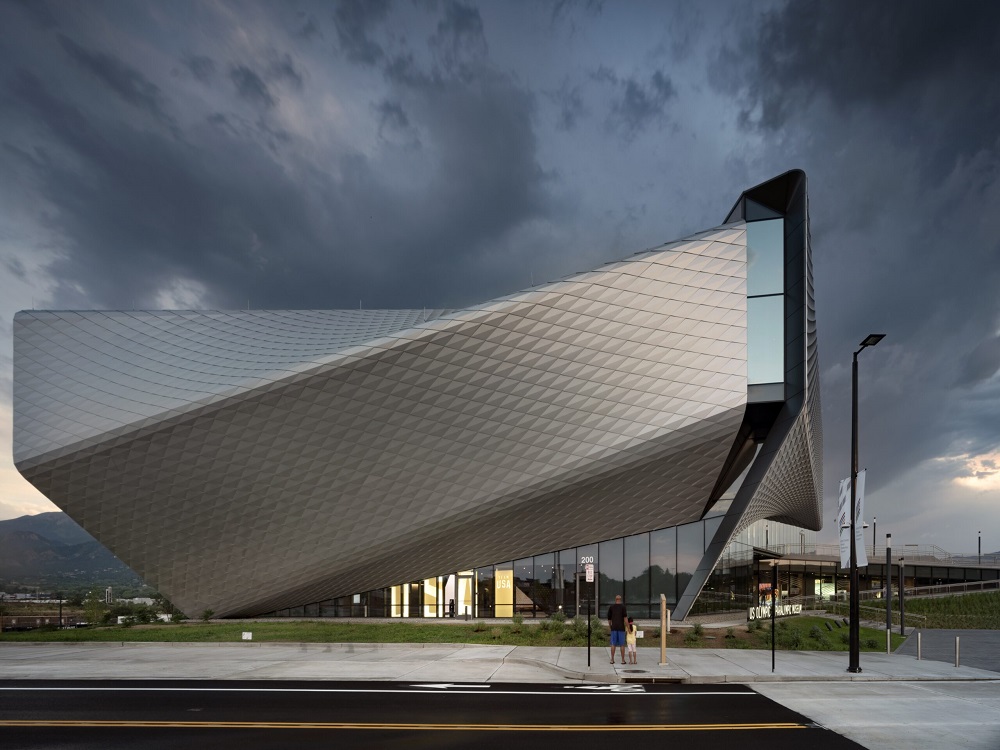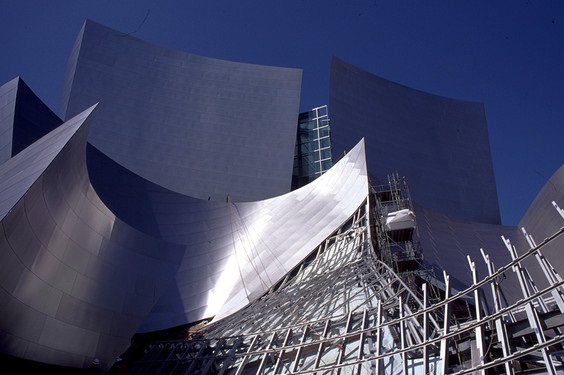Selecting the material for a building’s framing structure is one of the most critical decisions made during the design phase of a new project. Increasingly, architects are selecting cold-formed steel (CFS) framing for its ease of installation, durability, and ability to solve complex architectural challenges.
Here are three structures where CFS provided a solution for projects with unique design requirements.
Queen’s Wharf Brisbane, Queensland, Australia
Set to open in mid 2023, Queen’s Wharf Brisbane is a multipurpose entertainment and hotel precinct under construction in Queensland, Australia. The $3.6 billion development, which covers nearly 30 acres, will repurpose heritage buildings with stunning contemporary architecture, says the Queen’s Wharf Brisbane website.
As part of the restoration, one of the buildings required a curved vaulted soffit design solution. Rondo Building Services, a manufacturer of light-gauge roll-formed steel products, engineered a lightweight steel solution to achieve a curved ceiling design, taking into account wind-loading and seismic requirements.
The solution involved Rondo’s steel Top Hats, a CFS structural profile used for high wind loadings, rolled and then radiused to project specifications to form the curvature of the ceiling, says the Rondo website. Steel studs were also installed as stud droppers to resist the uplift of wind, and act as seismic bracing to ensure compliance with code requirements.
United States Olympic & Paralympic Museum™, Colorado Springs, Colorado

The massing of the project effectively merges soffit, wall and roof. Photo credit: Nic Lehoux.
The United States Olympic & Paralympic Museum™ in Colorado Springs, Colo., is a 60,000-square-foot curatorial and event facility celebrating American Olympians.
“The Museum focuses on the core values of the Olympic and Paralympic movements: friendship, respect and excellence; determination, equality, inspiration and courage,” says the USOPM website.
Designed by New York’s Diller Scofidio + Renfro (DS+R), with architect-of-record Anderson Mason Dale, the museum’s design was “inspired by the movement of athletes,” says The Architect’s Newspaper.
The museum’s rising and twisting geometry is supported by CFS framing, says The Architect’s Newspaper. It’s shingled with anodized aluminum panels and visually rests on a podium of glass curtain wall, the newspaper says.
Walt Disney Concert Hall, Los Angeles, California

Cold-formed steel framing shapes and supports the curvilinear finishes. Photo Credit: Los Angeles Philharmonic Association
Opened in 2003 at an estimated cost of $274 million, Frank Gerhy’s Walt Disney Concert Hall in Los Angeles is “a poster child for complex architectural surfaces,” says The Construction Specifier.
Frank Gehry and other revered architects have challenged the idea of using steel merely to construct a building’s skeleton. Instead, they’ve used steel to create surprisingly fluid structures that allow the material to take center stage. Many of the curvilinear finishes inside the building are shaped and supported by armatures of CFS members.
The project’s contractor hired a subject matter expert to engineer framing solutions and create Building Information Modeling (BIM) files to drive computerized numerical control fabrication. Modeling helped the various construction trades to communicate over dimensions, stay within the tolerances set for the primary structure and detect clashes with other building elements.
“New tools simplify fabrication of complex shapes,” says The Construction Specifier. “Tools are available today which can bend framing members by making origami-like applications (folds or pleats), and computer numerically controlled lasers cut intricate shapes from light-gage steel such as tabs or entire CFS shapes that simplify assembly of components.”
Article cited by BUILDSTEEL
